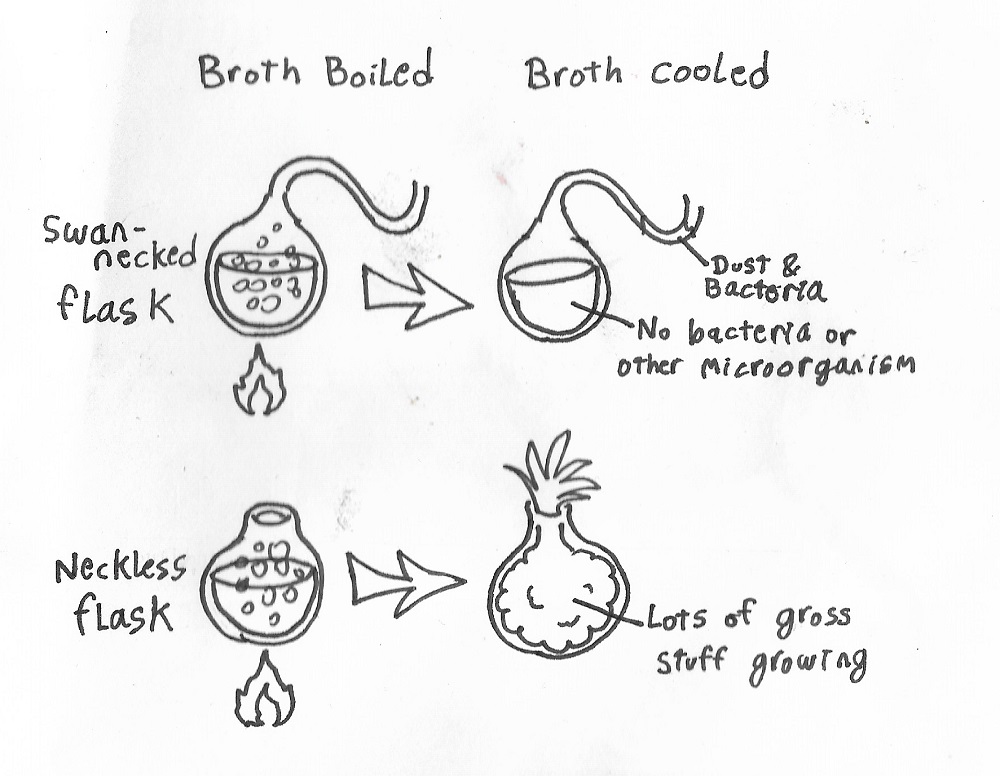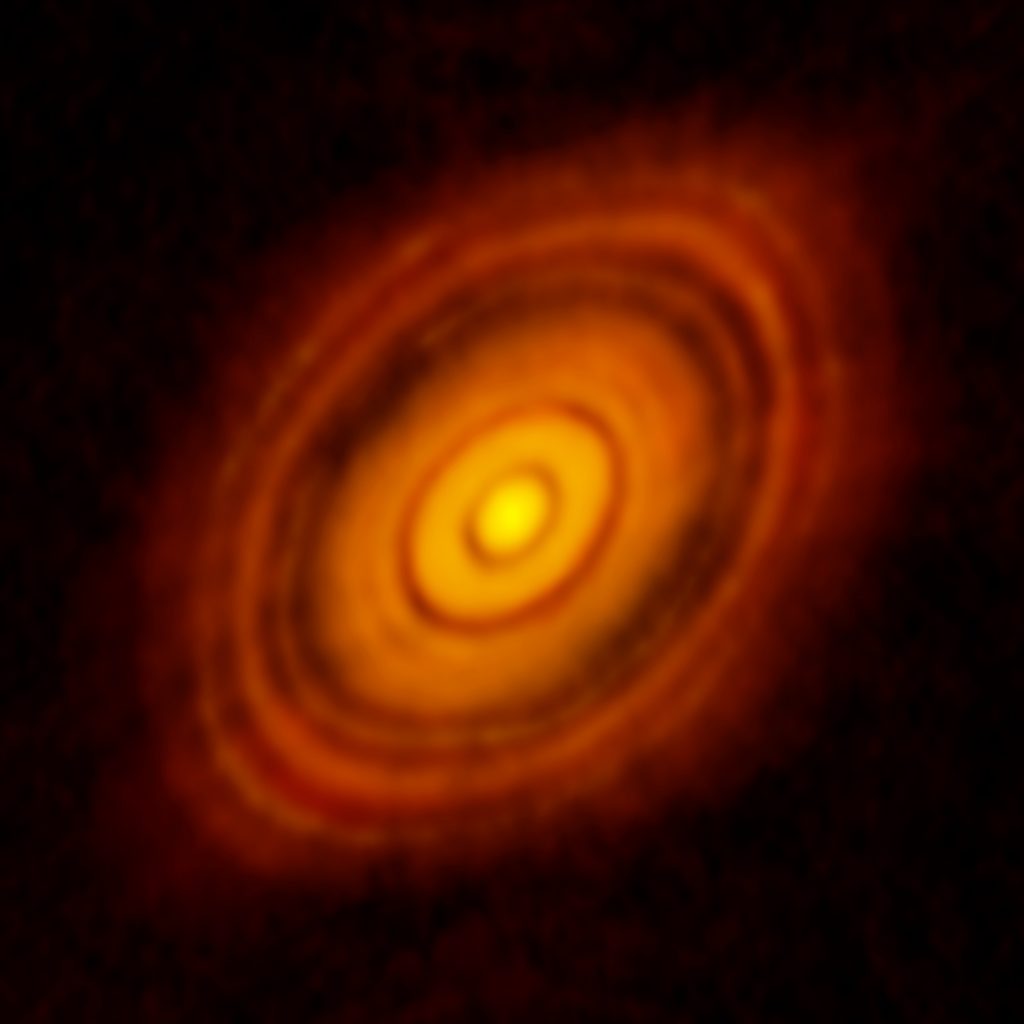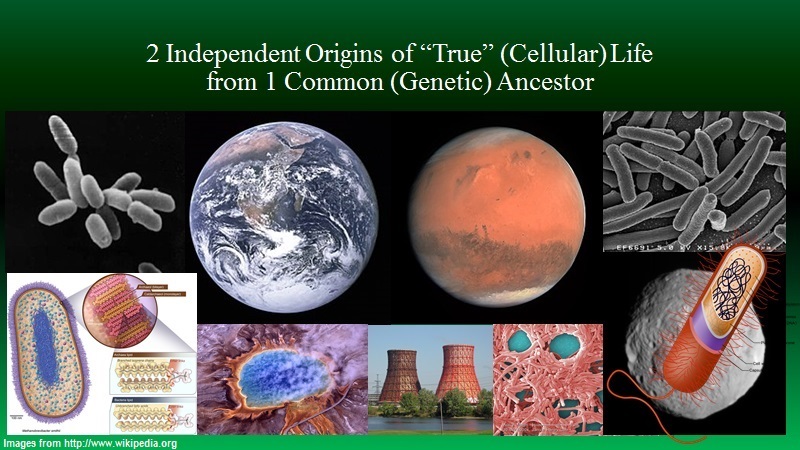Abiogenesis
The Origin of Life
Introduction
The origin of life, along with the beginning of time, the emergence of humankind, and the prospect of extraterrestrial life, is one of the classic “Big Questions” that has haunted the human race since prehistoric times. Yet, strangely, the subject gets infuriatingly little attention in science. Even those among us who champion science’s ability, or at least potential ability, to answer the big questions and who toil ourselves in debunking creationism and other religious explanations for the big questions, seem often to possess woefully inadequate understanding of the subject. For most evolutionary biologists, the origin of life is predominantly viewed as a singular event, the moment when evolution first started, as though it were the biological equivalent of the big bang. Some even take for granted the notion that the first living things must have been the simplest / least-complex organisms that ever existed, despite this being quite controversial in abiogenesis studies.
History
 |
Spontaneous Generation — The first concept to which the term “abiogenesis” would be applied was the “doctrine of spontaneous generation” (Huxley, year?). |
|
The Primordial Soup — |
|
|
The Miller-Urey Experiment — proved that amino acids could form under conditions that at the time were thought to represent the atmosphere of the early Earth left over from the protoplanetary Solar disc. While we now know these were not the conditions of the early Earth, this reducing atmosphere was in many ways similar to that of the protoplanetary Solar disk and amino acids have been found in meteorites. |
|
|
The Prebiotic Ocean — |
|
|
The RNA World — |
Approaches to Abiogenesis
Currently there are two primary approaches to the scientific investigation into the origins of life: the replicator-first approach and metabolism-first approach (Anet, 2004). These approaches differ conceptually in hypothesizing either an autocatalytic string of covalently bonded informational molecules at least functionally akin to DNA, or a sequence of chemical reactions a among set of noncovalently bonded molecules that was autocatalytic as whole and thus functionally akin to metabolism (von Meijenfeldt, 2013), as the essential origin of life.
Here it should be noted that the designations "replicator-first" or "metabolism-first" may apply either literally or figuratively. An approach which places primary emphasis on replication over metabolism, for example, may be regarded as a "replicator-first" approach even if it is not literally suggesting that replicators antedate metabolic systems, and vice versa. These are designations of emphasis, not necessarily descriptors of sequence.
For more information, see: approaches to abiogenesis.
|
“Replicator First” approaches — view the replicator as the most crucial component of life, and therefore emphasize the origin of self-replication and heredity as the origin of life. This is the “genetics over biochemistry” approach. “Replicators first” can be literal, refering to hypotheses that have self-replication (or perhaps environment-assisted replication, but nevertheless with some form of heredity) literally antedating metabolism. |
|
|
“Metabolism First” approaches — emphasize metabolism over replication and consider metabolism to be the primary defining trait of living things. This is the “biochemistry over genetics” approach. “Metabolism first” can be literal, referring for example to Eric Smitch’s insistence that a global biogeochemistry antedated information and individuation. This is largely regarded as a “contrarian” approach to the origin of life. |
Locations of Abiogenesis
Where did life first emerge? For mor information, see: Locations of Abiogenesis.
 |
Terrestrial Abiogenesis — is the default “null hypothesis” for those tackling the origin of life question since Earth is the only known planet to harbor life, however it has numerous difficulties to overcome, not the least of which being the short time between the cooling of the Earth and the first indications of more-or-less modern-looking prokaryotic lifeforms, and the statistical unlikelihood that life began here when one considers all the planets in the galaxy life could have come to us from. |
 |
Extraterrestrial Abiogenesis — see panspermia. |
 |
Mother Earth & Father Mars — is a scenario in which the archaea are native to planet Earth, whereas the bacteria are from somewhere further away, such as Mars. Since it is academic at this point that all life on Earth shares a common genetic ancestor, this would necessarily have to be a prebiotic LUCA model, in which the last common ancestor of the archaea and the bacteria was not yet a “true” lifeform, and that the archaea and bacteria evolved traits of “true” life later on in an example of convergent evolution. The genetic common ancestor of these two groups would therefore logically have originally inhabited an environment unlike Earth or Mars. |
Abiogenesis & LUCA
It’s important not to confuse the concept of abiogenesis with that of the Last Universal Common Ancestor. Researchers are still trying to work out exactly how these two concepts are related. The default hypothesis is that the LUCA was a living thing and existed slightly after the ultimate origin of life; other hypotheses have the origin of life on other planets (panspermia), or the LUCA being not a true life-form yet and therefore multiple abiogeneses.
|
Pre-LUCA Abiogenesis — it is generally assumed that the common ancestor of all living things was itself a living thing, which means life must have begun sometime prior to the LUCA. Many hypotheses and lines of evidence suggest that LUCA may have actually been a fairly complex organism, requiring either that the proto-biogeochemistry leading to abiogenesis was complex, that the proto-lifeforms from which the first lifeforms evolved were complex in spite of lacking key features that we now associate with life, or that the LUCA already had a long evolutionary history behind it and that abiogenesis therefore occured long, long before the LUCA (this is consistent with panspermia). |
|
|
Prebiotic LUCA — there exist several hypotheses in which the LUCA was not yet a full-fledged lifeform as we currently define the term, having lacked one or more key features of living things, suggesting these features evolved later, after the first pre-living things had already begun to diverge from a common ancestor. |
Abiogenesis & FUCA
It’s also important not to confuse the concept of abiogenesis with that of the First Universal Common Ancestor.
|
Pre-FUCA Abiogenesis — is only a sensical concept when working within “metabolism first” approaches. |
|
|
Prebiotic FUCA — is possible if nucleic acid-based units of heredity antedate other key features of living things. |
References
Anet, F.A.L. 2004. The place of metabolism in the origin of life. Current Opinion in Chemical Biology. 2004 Dec. 8(6), pp. 654–659. DOI:10.1016/j.cbpa.2004.10.005
<https://www.ncbi.nlm.nih.gov/pubmed/15556411> in (von Meijenfeldt, 2013)
von Meijenfeldt, F. A. Bastiaan. The non-genetic dawn of life: a review of the contemporary standing of the metabolism-first approach to the origin of life enigma. 5 May 2013
<https://dspace.library.uu.nl/bitstream/handle/1874/288648/The%20non-genetic%20dawn%20of%20life.pdf?sequence=2>

